Putting Yourself To The Test for Dance Fitness
New Year’s Day is right around the corner. Many people will be making resolutions to get in shape. If one of your goals for 2013 is to improve your dancing, and your overall fitness, it’s important to know where your personal starting line is. When we know where we are now, we can accurately look back a few months from now and applaud how far we’ve come. Small successes are the very best motivators!
You could hire a personal trainer and let a pro guide you, but if that isn’t in your budget or your schedule, you can still get a read on where you are fitness-wise with a few at-home tests that require little to no equipment. You could do them all by yourself, or buddy up with a dance friend and cheer each other on. Do be sure to write down which tests you do and your results so you can compare them to your results on the same tests a few months from now.
Doing all of these tests will give you a more comprehensive view of your strength, muscular endurance, flexibility and cardiovascular fitness, but if you are particularly interested in just a few of these areas, pick just the ones that fit your needs. Follow the links for detailed descriptions of each exercise.
MUSCULAR ENDURANCE
The Wall Sit Test
You’ll need: a wall and a timer
Holding the wall sit position tests the muscular endurance of your quads and glutes. This is an important factor in sustaining a good long shimmy! Get in position, start the timer and stay there as long as you can with proper form. Record your results.
The Plank Test
You’ll need: floor space and a timer
Holding the plank position tests the muscular strength and endurance of all your core muscles. Nothing – and I mean NOTHING – will have as far reaching improvement on your dance as a strong core. It improves posture and balance, prevents back injury and increases the integrity of all your movement. Start the timer, get in position and stay there as long as you can hold your body in a straight line. Be honest – no lifting or sagging! Record your results.
STRENGTH & POWER
The Push-Up Test
You’ll need: just floor space or a wall
A strong upper body supports your dance posture and keeps your arms from drooping out of position. Depending on your current level of strength, you can choose to test yourself using a wall push up, a bent knee push up or a standard push up. How many can you do with proper form? Record your results.
The Wall Jump Test
You’ll need: a wall, a tape measure, a partner or some baby powder (what??)
The wall jump tests how much power you can generate from your lower body. Position yourself facing an open wall so that you can jump up and touch the wall. Squat down and jump up to touch the wall at the highest point you can. A partner can mark the spot as you touch it so you can use the tape measure to record your results. If you don’t have a partner to help you, put some baby powder on your hand. This will leave a mark on the wall this is easy to wipe away once you’ve measured it. Record the best of 3 tries.
BALANCE
The Tree Pose Test
You’ll need: floor space and a timer
Having good balance brings grace to your dance – it also keeps that sword up there where it belongs! Set your timer and get into tree pose. How long can you stay there without putting the other foot down or grabbing onto something? Record your results – on BOTH legs!
FLEXIBILITY
The Sit and Reach Test
You’ll need: floor space, a shoe box, a measuring tape,
The sit and reach test gauges flexibility in the hamstrings and lower back. There are a few ways to record this. If you cannot yet reach your toes, record the distance from where you can reach to the soles of your flexed feet. If you can reach past your toes, place the tape measure lengthwise down the shoe box and position your feet flat against the short end. You’ll reach past your toes and record the number of inches from your best try out of 3.
You can also do this test one leg at a time. You may find that one side is much more flexible than the other – good to know! To do this, just bend one leg at the knee and let your knee open down toward the floor, keeping the test leg straight. Record the results for each leg.
CARDIOVASCULAR FITNESS
The Jump Rope Test
You’ll need: jump rope and a timer
This is an alternative to the “1 mile run” test, which really isn’t for everyone. Jumping as fast as you can (which may not be fast – that’s OK), count how many times you can jump in a set amount of time. How long of a time frame is up to you. If you aren’t accustomed to challenging cardio exercise, you might keep it to one minute or even 30 seconds. It’s not where you start, but where you go from here! Count your jumps and record your results.
Although there is plenty of norm and comparison data out there to rank fitness levels,but I believe it’s much more important to compare yourself to YOU. Your progress is best measured from the point where you started. Nothing else really matters. Having a realistic snapshot of you fitness at this moment will help you to figure out if your exercise routine is working to improve your dancing.
Happy & Healthy New Year to you!

